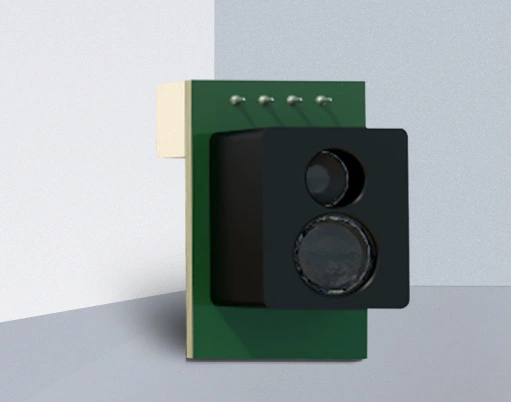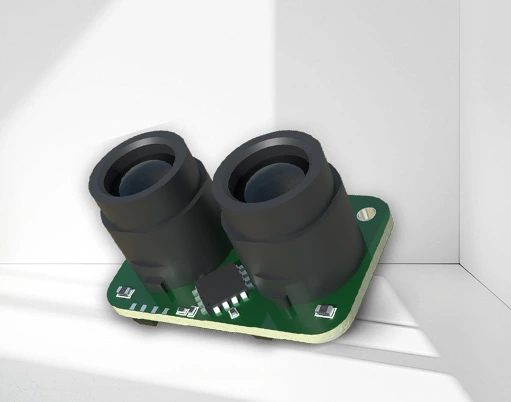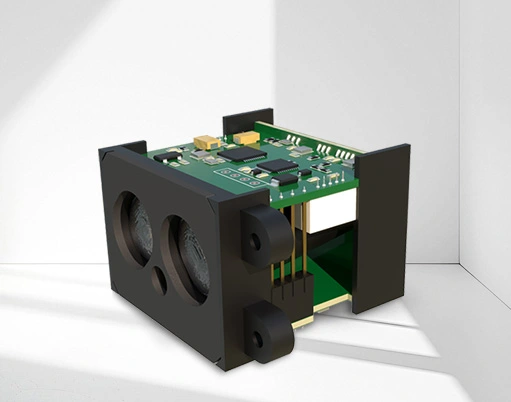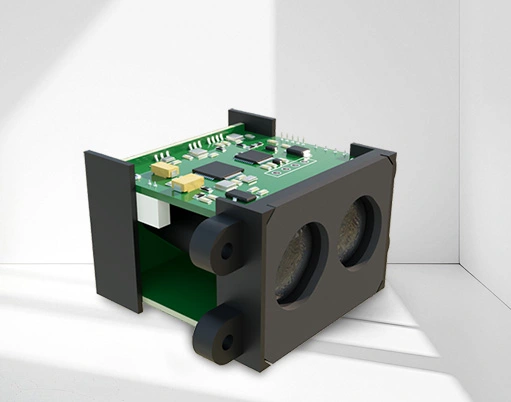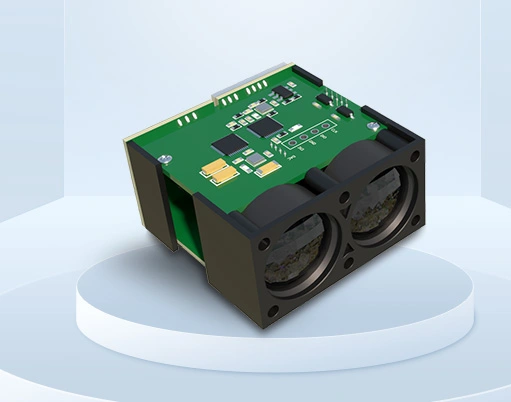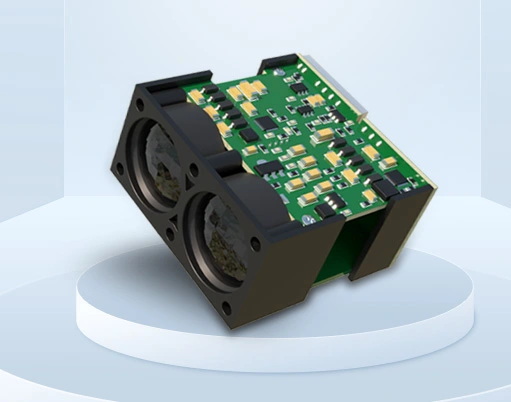
Laser rangefinder is a device that uses laser technology to measure distance and has a wide range of applications in various fields. The laser rangefinder calculates the distance between the target object and the laser rangefinder by emitting a laser beam and measuring the time it takes for the laser to return. This technology has the advantages of high precision, fast measurement, non-contact, etc., and has therefore been widely applied in industries, military, environmental monitoring, construction, and other fields.
In the industrial field, laser rangefinders are widely used in mechanical processing, automated production lines, warehousing and logistics. It can accurately measure the size of mechanical parts, help engineers optimize design and processing technology, improve production efficiency and product quality. On automated production lines, laser rangefinders can achieve rapid measurement and positioning of products, improving the automation level of the production line. In the field of warehousing and logistics, laser rangefinders can help warehouse managers quickly count and locate goods, improving warehousing efficiency.
In the military field, laser rangefinders are widely used in fire control systems, navigation systems, reconnaissance, and surveillance. It can achieve fast and accurate measurement of targets, improve the hit accuracy and combat efficiency of weapon systems. In terms of reconnaissance and surveillance, laser rangefinders can assist military personnel in long-range observation and measurement of targets, improving the efficiency of military intelligence acquisition.
In the field of environmental monitoring, laser rangefinders can be used for monitoring air pollution, water quality, geological exploration, and other aspects. It can achieve rapid measurement of particulate matter and gas concentration in the atmosphere, helping environmental monitoring personnel to detect and deal with environmental pollution problems in a timely manner. In terms of geological exploration, laser rangefinders can help geological explorers achieve rapid measurement and imaging of underground structures, improving exploration efficiency and accuracy.
In the field of architecture, laser rangefinders are widely used in building surveying, interior design, terrain mapping, and other areas. It can achieve rapid measurement of building dimensions and terrain elevation, helping architects and surveyors to conduct accurate surveying and design, and improving the accuracy and efficiency of building construction.
In short, laser rangefinder, as a high-precision, fast measurement, non-contact measurement technology, has a wide range of application prospects in industrial, military, environmental monitoring, construction and other fields. With the continuous development and maturity of laser technology, we believe that laser rangefinders will have more innovative applications in the future, bringing more convenience and benefits to various industries.

